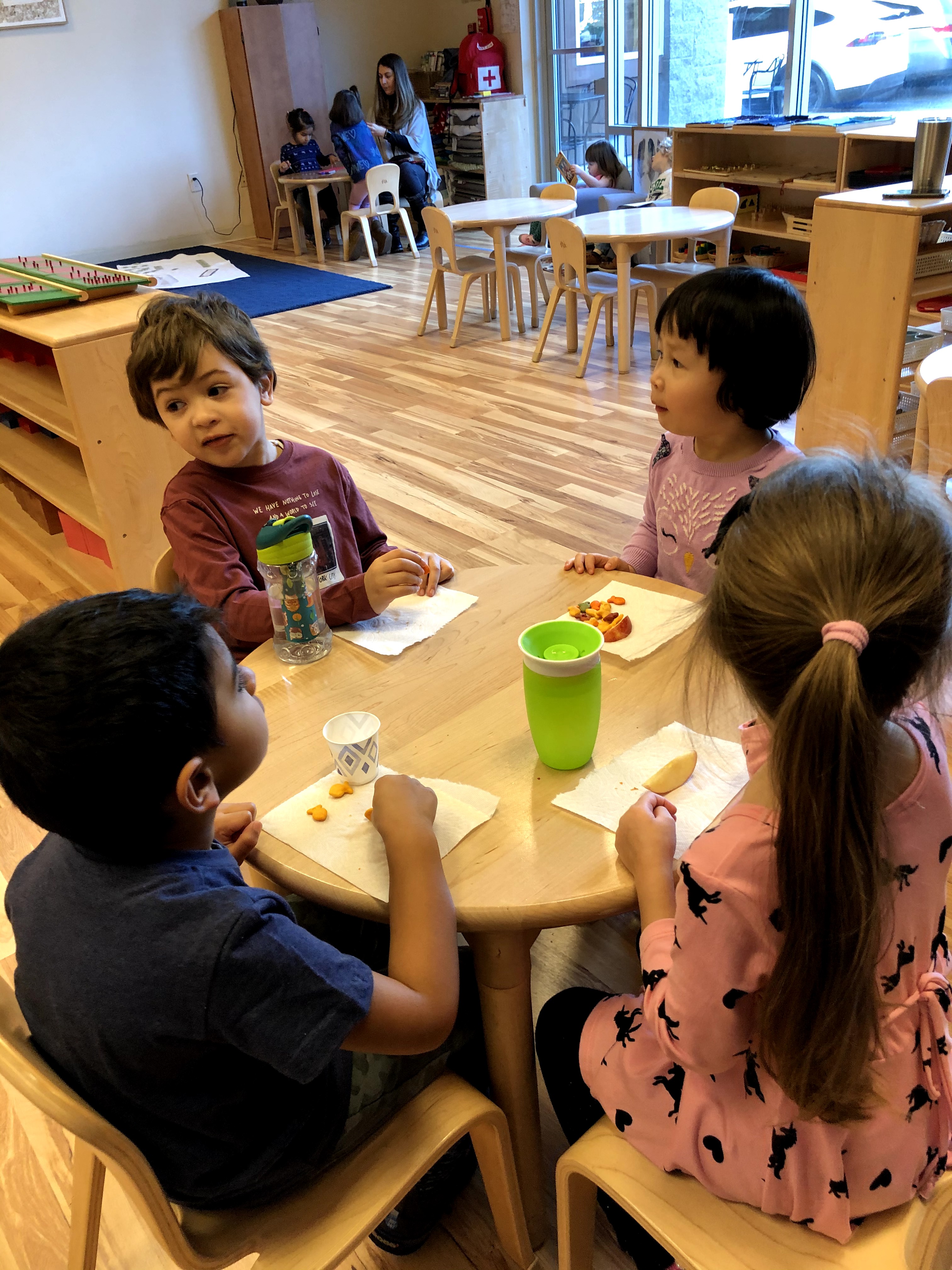The Benefits of the Mixed-Age Classroom
- taprecio
- Feb 22, 2020
- 2 min read
Updated: Feb 24, 2020
You can’t help but smile as you watch a six-year-old read a book to a three-year-old. The two children are sitting next to each other in the reading corner. The six-year-old uses her finger to follow the words on the page as the three-year-old looks intently at the pictures. It is a beautiful moment!
In a traditional school, this moment would require planning between a kindergarten teacher and a preschool teacher. However, in the Montessori classroom, it’s just another day and another typical interaction. It is one of the many advantages of the mixed-age classroom.
What is the mixed-age classroom?
Montessori classrooms are divided by age. However, instead of only allowing about six months of difference in age between children, there may be up to three years of difference in age. The classrooms are arranged as follows:
Toddlers: 18 months to 35 months (in some programs, infants are also included)
Primary: 3 to 6 years old
The same pattern continues in the elementary years. First through third grades make up the lower elementary classroom and fourth through sixth make up the upper elementary classroom.
Why did Montessori do it this way? There are many benefits to the mixed-age classroom. Here are a few:
Leadership
Older children develop strong leadership skills as they help younger children in the classroom. An older child may even help give a lesson to younger children or explain an idea to them. This also helps them reinforce academic content.
Older children know better how the classroom works and can help lead the younger ones at clean up time, when washing hands, when singing songs, and more! This practice in leadership builds the children’s confidence. It is also an important life skill to be able to lead and instruct others.
Motivation
Younger children are surrounded by older kids who are working with harder materials and mastering more challenging concepts. This is inspiring for them! As they’re learning the numbers from 1-9, they watch other children perform complex math operations using the golden beads. Or, as they’re learning their first letter sounds, they watch older children write out words. So, younger kids can see where they’re headed as they are learning.
Real-World Practice
In the real world, in workplaces, families, and just about anywhere, no one is divided up by age. It’s important to learn how to interact in a positive way with those who are older and younger than us. So, why not start at school? The mixed-age classroom is a more natural environment than the traditional classroom.
Teaches Empathy
One of the important social skills the mixed-age classroom teaches is empathy. Older children learn to be kind as they interact with younger children. They might help them clean up a spill or comfort them if they feel sad. Younger children also benefit from seeing this behavior modeled for them.
The mixed-age classroom is a beautiful learning environment that helps children learn much more than academic concepts. They also learn to create a community that supports, teaches, motivates, and inspires.

















Comments